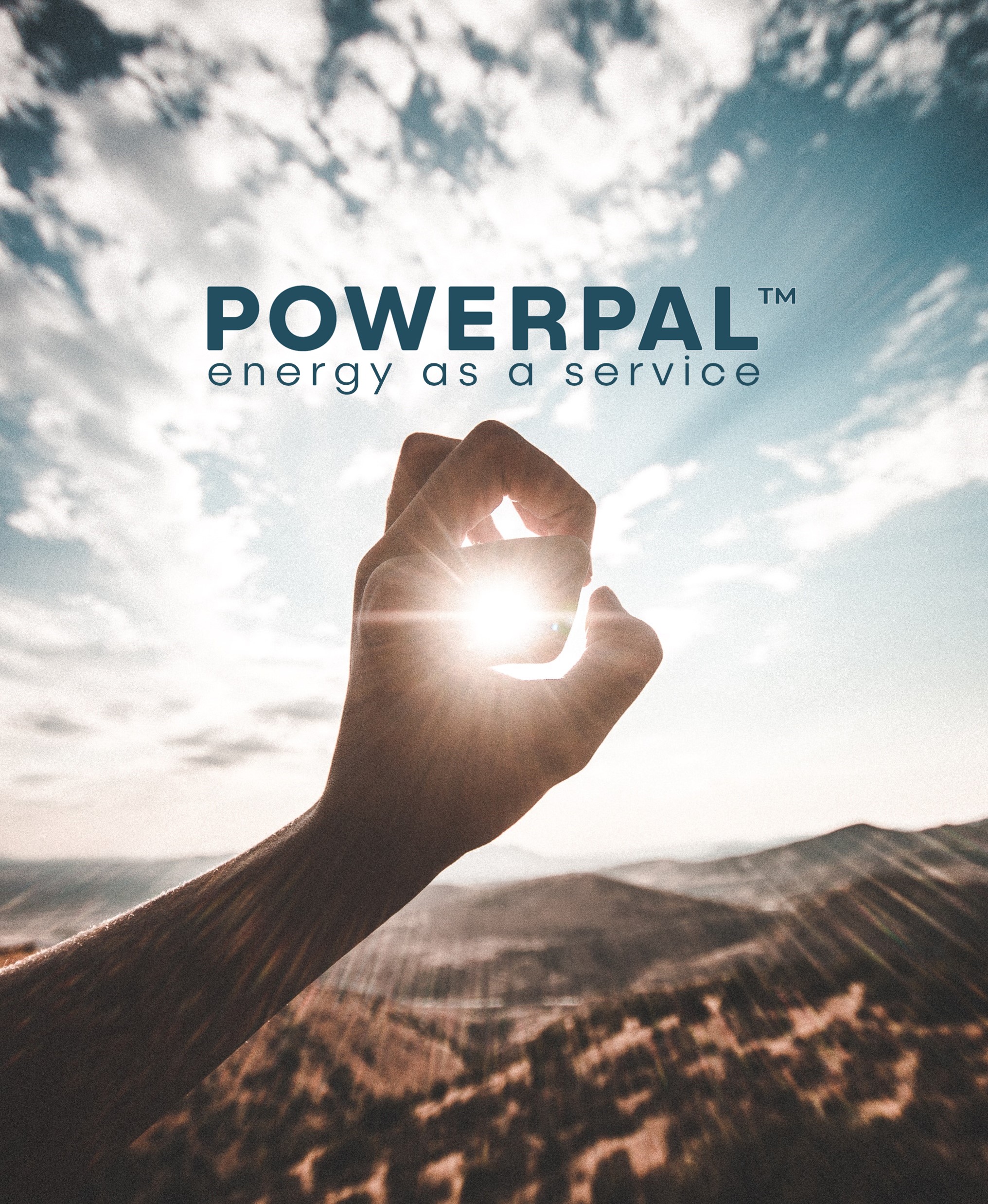How PowerPal’s power distribution system meets energy industry challenges

The energy supply to fuel industrial, residential, and consumer applications must become more sustainable and agile to ensure low-carbon energy can be readily supplied where it’s needed most. At the same time, new sources of supply must also take advantage of the latest trends in manufacturing, such as modular construction and digitalization.
To ensure the energy provided is also cost-competitive, next-generation energy storage assets must be produced rapidly and cost-effectively. With a high degree of quality while fully utilizing the data streams new systems can provide, assets must operate efficiently to balance performance while achieving their expected service life.
Supplying sustainable power systems
PowerPal, located in Norway, is an example of this new business model and is a specialized supplier of sustainable power distribution systems. They offer industrial, scalable technology that can easily be implemented in existing infrastructure and is compatible with all operational management systems.
Turnkey energy management systems from PowerPal will provide energy-intensive locations the freedom to operate and control energy consumption via energy capture and storage from various power sources. With reduced operating costs and new income carriers, PowerPal systems represent a new power distribution and energy management concept.
Overcoming existing infrastructure challenges
The challenges in the supply of affordable, sustainable, and secure power are significant, and the green shift challenges the entire value chain for power. The primary transmission grid, regional, and distribution grids must deal with power peaks – morning and evening – and seasonal variation.
The main bottleneck is the infrastructure. With enormous escalating challenges in the existing infrastructure, collectively, we need to build a more innovative, adaptable system to create a sustainable energy mix. Climate-neutral industry involves higher power consumption in many locations. As a capacity provider, you need to establish the possibilities to reduce loads, both seasonally and hourly, to meet the upcoming requirements.
Increasing location and network flexibility
Flexibility between locations and different networks, as well as new energy sources and storage, is central to maintaining a power grid for the future. PowerPal’s focus has been to give the entire industry a new power distribution solution that meets today’s challenges. PowerPal needed to connect and monitor all energy supply activity with extended insights to secure all investments.
To do this, they needed to create value and visualize new business models on a more scalable platform. With MindSphere, they achieved the perfect combination that met their requirements for greater freedom to operate on a high level of information and data flow. Using MindSphere, PowerPal can control and run using cloud-based artificial intelligence with encrypted data, which secures the system against all external threats
Improving scalability and customer support
By adding machine learning, PowerPal can constantly improve its business and give its customers granular insight using 24/7 operational dashboards. This, in turn, ensures that both PowerPal and their customers will have better-scaled systems.
Siemens’ MindSphere gives OEMs, customers, and relevant suppliers the ability to provide remote service and a high level of customer support while maintaining the integrity of installed PowerPal energy storage systems.
Helping lead the green energy shift
Being located in Norway, PowerPal resides in a pioneering country for developing and facilitating the green shift.
In the Norwegian market, electric car accounts for over 80% of all new car sales. New solutions and faster infrastructure establishment are required to accommodate that growth in energy demand.
The PowerPal solution contributes to the faster establishment of the necessary infrastructure. This will ensure that a more significant proportion of the energy mix becomes greener in accordance with political objectives. The total electricity demand will increase dramatically over the next 10-15 years. Transport and industry will be significant factors for this increase.
Providing a sustainable investment basis
Access to variable power such as solar, wind, and periodic surpluses in the local power grid must be utilized to a greater extent to meet Norway’s needs and provide a sustainable investment basis.
Future-oriented and sustainable technology must be established that does not depend on public support to be realized. PowerPal’s concept establishes a seamless market where power is shared between all relevant players.
The marketplace is created through industrially proven technology from recognized suppliers, while the projects are tailored to the individual location’s current and future needs.
Ensuring supply chain value and sustainability
With PowerPal’s solution, the potential to reduce the investment costs to establish power distribution, energy management, energy storage, and solar and wind power will be increased. The adoption of electric vehicles will go much faster if there are available charging/connection points – and the cars “always” can connect.
By implementing their energy supply systems, PowerPal will be able to handle the current and future mix of electric cars and be prepared to accommodate all vehicles with and without bidirectional charging options.
This will ensure that all investments will be sustainable and relevant for the market in the foreseeable future. Flexibility and local adaptation will ensure value creation and sustainability for everyone in the supply chain, which is essential for investment.


